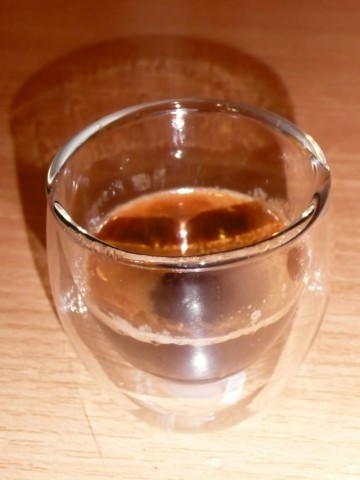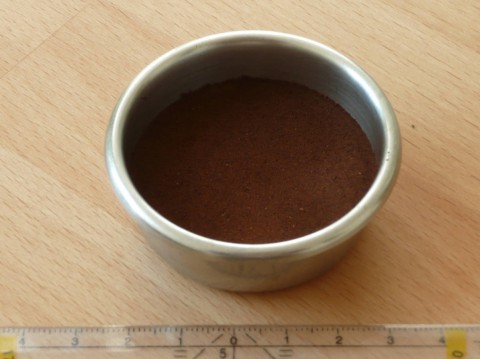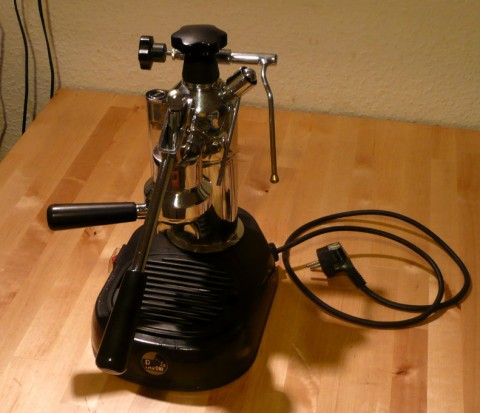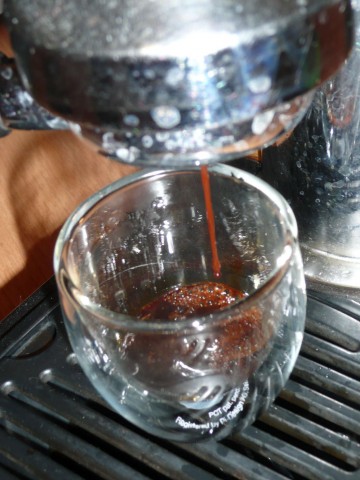Evelyn at Georneys is hosting this month’s Accretionary Wedge about seeing geology everywhere. As an example, she showed cute cats exposed to hideous tectonic arrangements. But where I live, tectonics are rather dull, limited to what happens when you remove several hundred to thousand metres of ice from the continent. Because I neither have a cat nor a sufficient amount of ice, and feared repercussions from animal protection groups, I turned to some other field of geology, hydrogeology (which I tend to see everywhere more often anyway).
(Edit 21.06.13 9:15: I added some photos.)
Italy is geologically very interesting, and so it is no wonder that the Italian pioneer of household high-pressure fluid dynamics, Desiderio La Pavoni, turned his attention to the basic law describing fluid flow in porous media (like aquifers) which had been discovered by the French engineer Henry Darcy in 1856:
[latexpage]
\[
Q = k_f A i
\]
where $Q$ is the flow through an area $A$ of a porous medium with hydraulic conductivity $k_f$ when a pressure (head) gradient $i$ is applied. The problem is to find $k_f$.
For this, let me introduce the steam-powered permeameter (SPP):
With measurements from my permeameter and additional data from a relevant institution, it is easy to evaluate the data from a typical sample:
- Gradient $i$ is change of head along flow path.
- Length of flow path (thickness of sample) $l = 7\,\textrm{mm}$
- In the chamber, there’s a pressure of $p \approx 9\,\textrm{bar}$, expressed as head in water colum $h_1 \approx 90\,\textrm{m}$. Outside is atmospheric pressure, $h_2 \approx 10\,\textrm{m}$
Thus, the gradient is $i = \frac{h_2 - h_1}{l} \approx 11000$, which is rather large compared to natural hydrogeologic conditions…
- Diameter of the sample: 50 mm; area $A = 0.00196\,\textrm{m}^2$
- For best (i.e. tastiest) results, 25 ml of fluid should pass the apparatus in 25 s: $Q = 10^{-6}\,\textrm{m}^3/\textrm{s}$.
Putting it all together,
\[
kf = \frac{Q}{Ai} \approx 4.5 \cdot 10^{-8}\,\textrm{m/s}
\]
The conductivity of this morning’s sample corresponded to clay or loam. But the measurement fluid tasted so much better than that!

Collected percolation fluid. Afer a perfect analysis run, however, there should be a thicker and closed layer of frothy process residues on top.
But wait, that wasn’t water!
You got me here – the hydraulic conductivity $k_f$ is only for water. For coffee, I should have taken its different density and viscosity into account.
I found out about the Accretionary Wedge too late, so I didn’t have time to explore this topic in full. But I’ll update this post on the weekend.




Post a Comment